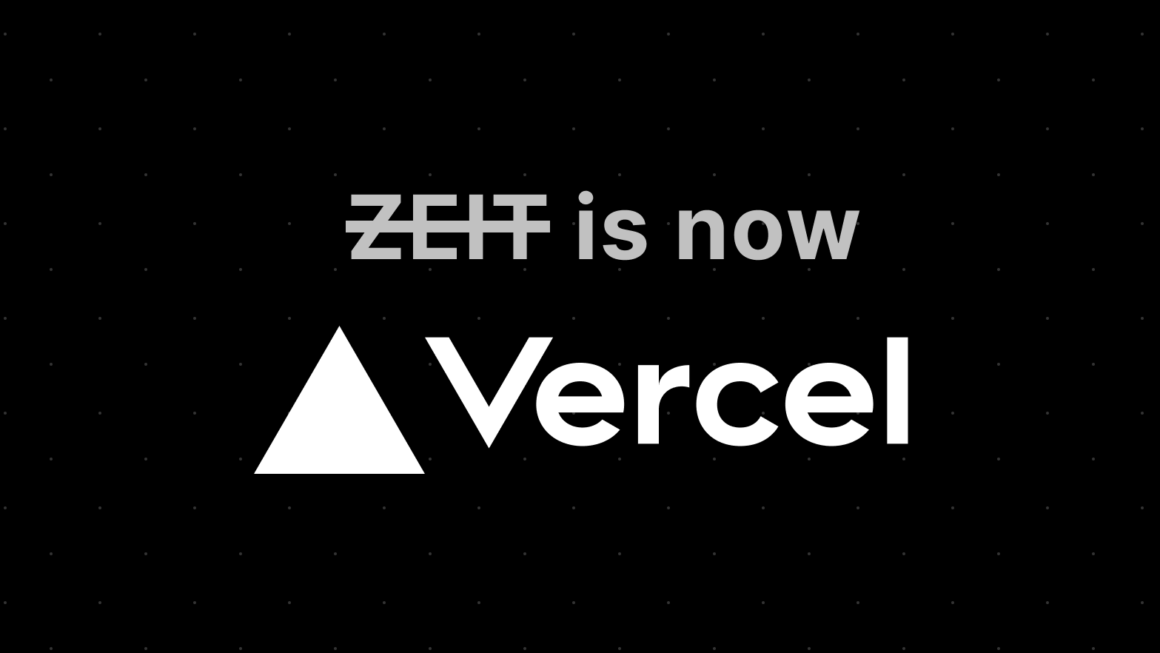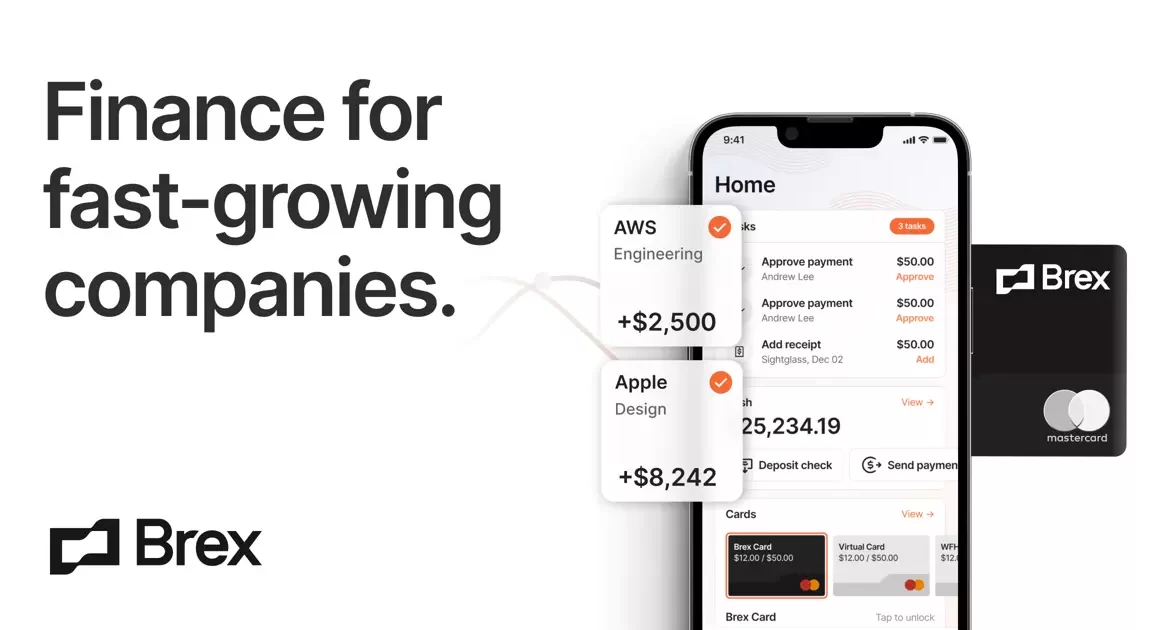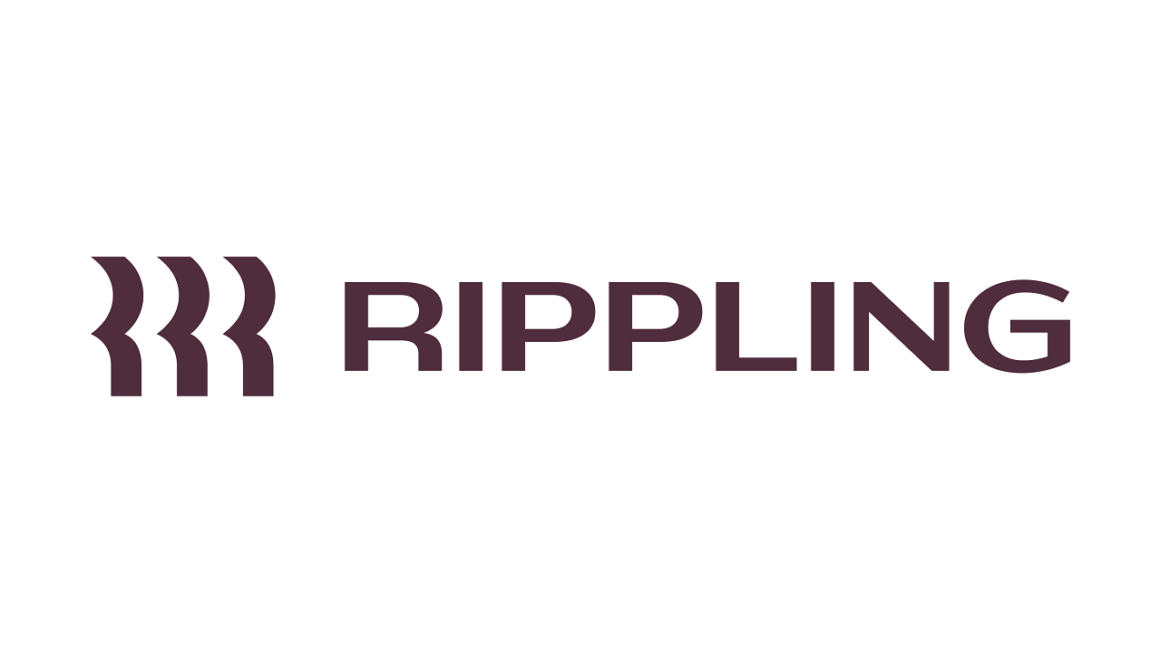Founded in 2005 by Keyvan Mohajer, an Iranian-Canadian computer scientist with a rich history in dot com ventures, SoundHound AI, Inc. has emerged as a leading player in the realm of speech and sound recognition. Headquartered in Santa Clara, California, the company has been at the forefront of developing cutting-edge technologies in speech recognition, natural language understanding, and sound recognition.
The journey began with the founding of the company in 2005, and by 2009, the Midomi app underwent a rebranding, adopting the name SoundHound. This transformation marked the inception of the company’s notable music recognition mobile app, which remains accessible as a web version on midomi.com.
A significant milestone came in 2015 when SoundHound achieved a groundbreaking feat as the first music recognition service integrated into automobiles. This accomplishment was realized through a partnership with Hyundai, specifically featured in the new Genesis model. By May 2016, SoundHound had garnered a user base exceeding 300 million globally, underscoring its widespread impact.
In 2018, SoundHound further solidified its presence by announcing partnerships with automotive giants Hyundai, Mercedes-Benz, and Honda. These collaborations aimed to integrate voice interaction capabilities into their products using SoundHound’s Houndify voice AI platform.
The recognition for SoundHound’s contributions extended beyond industry partnerships, as evidenced by the company winning the prestigious 2020 Webby Award for Productivity (Voice) in the category of Apps, Mobile & Voice.
A significant turning point occurred on November 16, 2021, when SoundHound unveiled plans to go public through a SPAC merger with Archimedes Tech SPAC Partners Co. Subsequently, on April 28, 2022, the combined entity, SoundHound AI, Inc., debuted on the Nasdaq under the symbol SOUN. However, 2022 brought challenges, leading to the termination of 10% of the staff and salary cuts, with reports suggesting fundraising falling short of initial projections from the SPAC merger.
Despite these challenges, SoundHound continued to evolve, showcasing its innovative prowess. In December 2023, the company’s Dynamic Interaction drive-thru technology received acclaim, winning the Automation & Self-Service Award for “Best Use AI.” Furthermore, SoundHound expanded its portfolio through the acquisition of SYNQ3 Restaurant Solutions, a provider of voice AI for restaurants, in a notable $25 million deal.
SoundHound AI, Inc.’s journey unfolds as a narrative of technological innovation, industry collaborations, and adaptive strategies, positioning itself as a prominent force in the dynamic landscape of sound and voice recognition.
Founders of SoundHound AI
Behind every groundbreaking innovation lies a spark, ignited by the minds and dreams of visionary individuals. In the case of SoundHound AI, the melody of success can be traced back to three founders who dared to reimagine the way we interact with sound:
Keyvan Mohajer, Co-Founder and CEO of SoundHound AI

Driven by a childhood fascination with science fiction and the promise of human-machine communication, Keyvan Mohajer became the founding maestro of SoundHound. Inspired by characters like Star Trek’s Captain Picard conversing with his computer, Keyvan envisioned a world where natural language interactions with technology would become commonplace. Armed with a PhD in Electrical Engineering from Stanford University and a relentless entrepreneurial spirit, he led the charge in founding SoundHound in 2005.
Majid Emami, Co-Founder of SoundHound AI

While Keyvan composed the grand vision, Majid Emami became the master craftsman, translating dreams into reality. A fellow Stanford University PhD graduate and electrical engineering wizard, Majid’s expertise in speech recognition and machine learning formed the backbone of SoundHound’s technology. He holds 16 patents related to voice AI technology, a testament to his dedication to pushing the boundaries of what’s possible.
James Hom, Co-Founder of SoundHound AI

To bridge the gap between technical brilliance and user experience, James Hom stepped onto the stage. With a computer science degree from Stanford University and a keen understanding of user needs, James became the Chief Product Officer, orchestrating the development of SoundHound’s user-friendly interface and ensuring its seamless integration into everyday life.
Together, these three founders formed a harmonious triad, each bringing their unique talents and expertise to the table. Keyvan’s vision, Majid’s technical prowess, and James’ user-centric approach became the perfect recipe for SoundHound’s success. They fostered a collaborative and innovative culture, attracting a team of talented engineers, musicians, and designers who helped refine the symphony of sound recognition.
Beyond their individual contributions, the founders’ shared passion for music and technology is what truly set them apart. They weren’t just building a company; they were composing a new way of experiencing the world, where humming a tune could unlock a universe of information and possibilities.
Business Model of SoundHound AI
SoundHound AI operates with a multifaceted business model that encompasses several key components:
1. Voice AI Developer Platform:
SoundHound provides a comprehensive voice AI developer platform, allowing businesses and developers to integrate advanced voice recognition and natural language understanding capabilities into their applications and services. This platform, known as Houndify, serves as a crucial tool for creating voice-enabled applications across various industries.
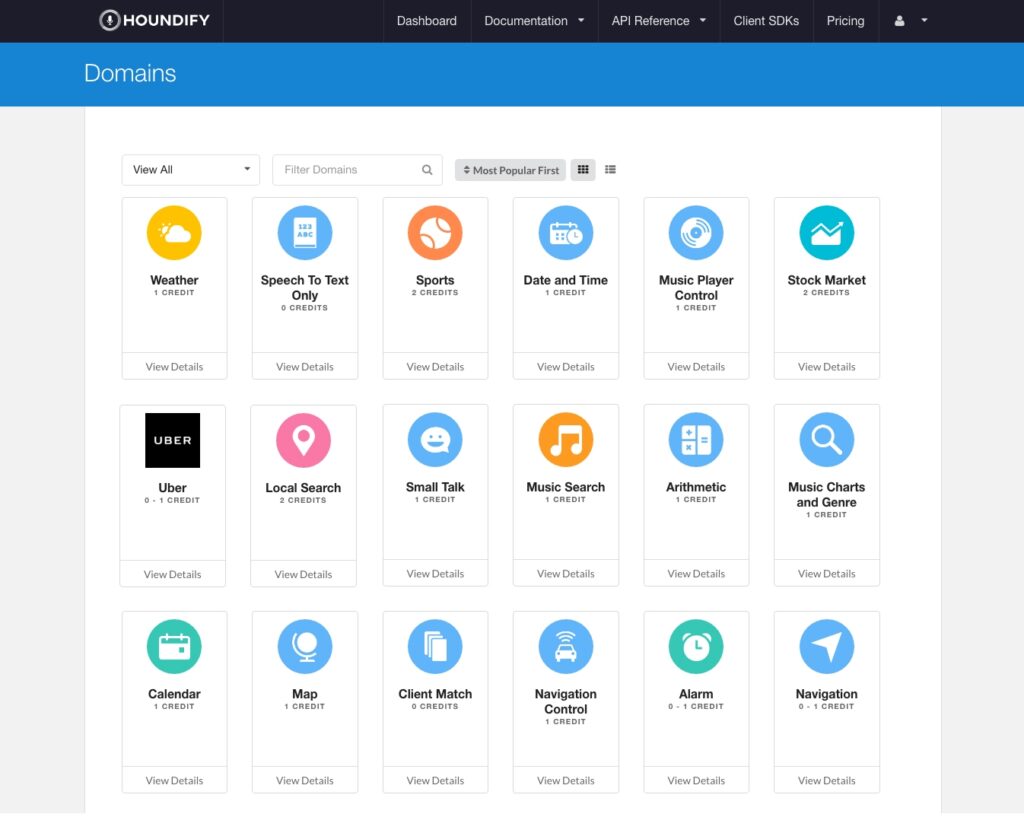
2. SoundHound Chat AI:
SoundHound offers SoundHound Chat AI, a voice-enabled digital assistant. This product caters to users seeking voice interaction capabilities for a range of applications, from smart home devices to mobile applications. It provides a seamless conversational experience, leveraging the company’s expertise in speech recognition and natural language processing.
3. Music Recognition Mobile App – SoundHound:
The company’s flagship product is the SoundHound mobile app, specializing in music recognition. Users can identify songs by humming, singing, or typing in lyrics. The app also offers additional features such as real-time lyrics, song recommendations, and integration with streaming services. SoundHound monetizes this app through partnerships, advertisements, and potentially premium subscription models.
4. Automotive Integrations:
SoundHound has forged partnerships with major automotive manufacturers, including Hyundai, Mercedes-Benz, and Honda. The company’s technology is integrated into vehicle systems, providing voice interaction capabilities for tasks such as music control, navigation, and hands-free communication. Revenue in this segment likely comes from licensing agreements and collaborations with automakers.
5. Partnerships and Collaborations:
SoundHound has strategically partnered with various tech giants, including Hyundai, Mercedes-Benz, and Honda, to provide voice interaction for their products. These partnerships involve licensing agreements and collaborations to integrate SoundHound’s voice AI technology into different applications and devices, expanding the company’s reach and revenue streams.
In summary, SoundHound AI’s business model revolves around providing advanced voice AI technologies to developers, businesses, and consumers across various sectors, leveraging strategic partnerships, awards, and acquisitions to solidify its position in the rapidly evolving landscape of voice and sound recognition.
Valuation of SoundHound AI
Valuing SoundHound AI, the innovative voice recognition and conversational AI giant, is no simple melody. It’s a complex orchestra of factors, playing different tunes of potential and risk. Let’s delve into the notes of their current valuation:
Market Capitalization: As of January, 2024, SoundHound AI boasts a market capitalization of approximately $440 million. This represents the total value of all outstanding shares, reflecting investor confidence in the company’s future. However, compared to its early days, when it reached a valuation of over $1 billion, it’s evident that the tune has shifted.
Metrics and Forecasts: Analysts assess SoundHound’s value using various metrics like price-to-earnings ratio (P/E) and price-to-book ratio (P/B). While SoundHound isn’t profitable yet, analysts forecast revenue growth for 2024, which could positively impact valuation. Some analysts offer price targets ranging from $3.64 to $5.25 per share, suggesting potential upside.
Growth Drivers: Factors influencing SoundHound’s valuation include:
- Technological innovation: Continued advancements in their core speech recognition and AI technology could attract new partners and boost licensing revenue.
- Market adoption: Broader adoption of voice-based technologies and AI solutions across industries could create significant growth opportunities.
- Product development: Success in their own product ventures like SoundHound Voice Search and Smart Answering would solidify their market position and generate additional revenue streams.
- Competition: The presence of established players like Google and Amazon, along with emerging startups, creates a competitive landscape that can impact valuation.
Competitors of SoundHound AI
SoundHound is a company that develops voice AI platforms and conversational technologies. Some of its competitors include:
Shazam:

Shazam and SoundHound are both music recognition apps that can identify a song by listening to a short clip of it. However, there are some key differences between the two apps.
Shazam is the more popular of the two apps, with over 1 billion downloads. It is also simpler to use, with just a single button to tap to identify a song. Shazam is also better at identifying songs from TV shows and movies.
SoundHound, on the other hand, is more powerful than Shazam. It can identify songs from humming or singing, and it can also understand natural language queries. For example, you can ask SoundHound “What song is playing?” or “Play something similar to this.” SoundHound is also better at identifying songs in noisy environments.
SoundHound’s biggest competitor, Shazam doesn’t offer the hands-free feature that SoundHound does.

While Shazam might be SoundHound’s more direct competitor, Google poses a significant threat on a larger scale.
-
Integration and Ecosystem: Google Assistant is embedded in most Android phones and smart speakers, offering native music recognition through “Hey Google, what’s this song?” This seamless integration and vast device reach significantly impact SoundHound’s potential user base. Google’s broader ecosystem, including Maps and Search, also allows music discovery to organically flow from other activities.
-
Tech Advantage: Google’s extensive research and development capabilities in AI and language processing give them a potential edge in terms of accuracy and understanding complex queries. Google can leverage its vast data resources and infrastructure to continuously improve its music recognition capabilities, challenging SoundHound’s technological lead.
Nuance Communications
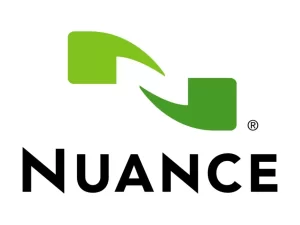
While both SoundHound and Nuance Communications are players in the voice technology arena, their focus areas and approaches differ significantly:
SoundHound: A champion of conversational AI and music recognition, SoundHound excels at understanding natural language, humming, and singing to identify music or answer queries. Their strength lies in user-facing applications like the SoundHound app and partnerships with BMW and Domino’s, offering intuitive voice control experiences.
Nuance Communications: A veteran in speech recognition and voice biometrics, Nuance focuses on enterprise solutions. Their core offerings cater to customer service centers, healthcare, and finance, providing automated call routing, voice authentication, and document automation. While acknowledging the potential of conversational AI, their emphasis lies on large-scale enterprise applications.
Key Differences:
- Target audience: SoundHound targets consumers with user-friendly apps and integrations, while Nuance focuses on businesses with enterprise-grade solutions.
- Technology focus: SoundHound prioritizes natural language understanding and music recognition, while Nuance specializes in speech recognition and voice biometrics for specific industry needs.
- Market strategy: SoundHound actively leverages partnerships and collaborations, while Nuance relies on its established reputation and large-scale deployments.
While they may not directly compete in every aspect, both SoundHound and Nuance represent different facets of voice technology’s potential. SoundHound’s consumer-driven approach pushes the boundaries of conversational AI, while Nuance’s focus on enterprise solutions demonstrates the technology’s practical applications in various industries. Their continued advancements will likely shape the future of how we interact with machines using our voices.
Deepgram
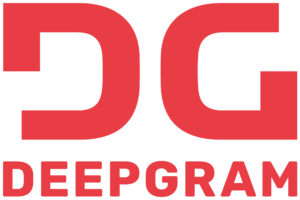
While both SoundHound and Deepgram focus on speech recognition and AI, their approaches and target markets differ significantly:
SoundHound: Known for its user-friendly apps and music recognition prowess, SoundHound excels at understanding natural language queries, humming, and singing. Their strength lies in consumer-facing applications like the SoundHound app and partnerships with brands like BMW and Domino’s, offering intuitive voice control experiences.
Deepgram: Focused on deep learning for speech recognition, Deepgram caters primarily to developers and businesses. Their technology boasts high accuracy and customization options, making it ideal for building voice-powered applications in diverse fields like healthcare, education, and media. Unlike SoundHound, Deepgram doesn’t offer pre-built consumer apps.
Fano Labs

Fano Labs and SoundHound are both players in the voice technology arena, but with distinct approaches and areas of focus. While both leverage conversational AI, their target markets and functionalities differ significantly:
SoundHound: A prominent name in music recognition and conversational AI, SoundHound excels at understanding natural language, humming, and singing to identify music or answer queries. Their strength lies in user-facing applications like the SoundHound app and collaborations with brands like BMW and Domino’s, offering intuitive voice control experiences.
Fano Labs: Focused on accessibility and inclusivity, Fano Labs specializes in creating custom voice-powered solutions for people with disabilities and diverse communication needs. Their technology helps users with speech impairments, hearing loss, or developmental differences to interact with devices and communicate effectively. Fano Labs doesn’t directly compete with SoundHound in music recognition, but their emphasis lies on assistive technology and communication accessibility.
Other competitors of SoundHound include:
- Google Cloud Speech-to-Text
- Krisp
- Vowel
- Hour One
- Otter.ai
- Microsoft Bing Speech API
- LumenVox Automated Speech Recognition (ASR)
Growth of SoundHound AI
SoundHound AI has experienced a thrilling journey marked by consistent growth and potential for even greater leaps. Let’s explore the melody of their success:
1. Revenue Rise: 2023 and early 2024 have seen impressive revenue growth for SoundHound. They project $28-$32 million in revenue for 2023, a significant step up from previous years. This upward trajectory signifies increasing adoption of their technology across various industries.
2. Expanding Reach: Partnerships with industry giants like Hyundai, Mercedes-Benz, and Domino’s showcase SoundHound’s technology in action. As these collaborations bear fruit, their reach and brand recognition steadily increase.
3. Product Evolution: Beyond licensing, SoundHound actively develops its own products. Their flagship, SoundHound Voice Search, competes with Shazam and enjoys rising popularity. Additionally, solutions like Smart Answering for customer service demonstrate their versatility and potential for further product lines.
4. Technological Prowess: Continued investments in research and development keep SoundHound at the forefront of voice AI. Their recent focus on generative AI opens doors to exciting possibilities, from personalized music creation to voice-driven storytelling.
5. Market Shift: The voice-first revolution is upon us, with smart speakers and voice assistants becoming ubiquitous. This growing market presents a vast opportunity for SoundHound to capitalize on its expertise and position itself as a leader.
Challenges and Opportunities: As with any growing company, SoundHound faces challenges:
- Competition: Giants like Google and Amazon pose significant competition in the voice AI space. SoundHound needs to differentiate itself through unique features and strategic partnerships.
- Profitability: While revenue is rising, achieving profitability remains a crucial milestone for securing long-term stability.
- Talent Acquisition: Attracting and retaining top talent in the competitive AI field is essential for continued innovation.
Despite these challenges, the future of SoundHound AI remains bright. They possess a strong technological foundation, diversified revenue streams, and a keen eye on the evolving market. Their commitment to innovation and focus on user experience position them well to ride the wave of the voice-first revolution.
SoundHound AI’s growth story is still being written, and the next chapter promises exciting developments. From revolutionizing customer service to composing personalized music, the possibilities are endless. Keep your ears tuned for the next movement in their symphony of success!
Also Read: OutSystems – Founder, Business Model, Funding & Competitors
To read more content like this, subscribe to our newsletter

